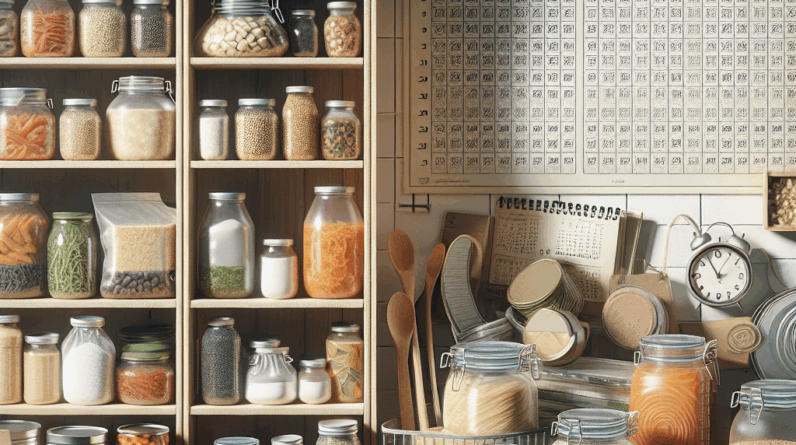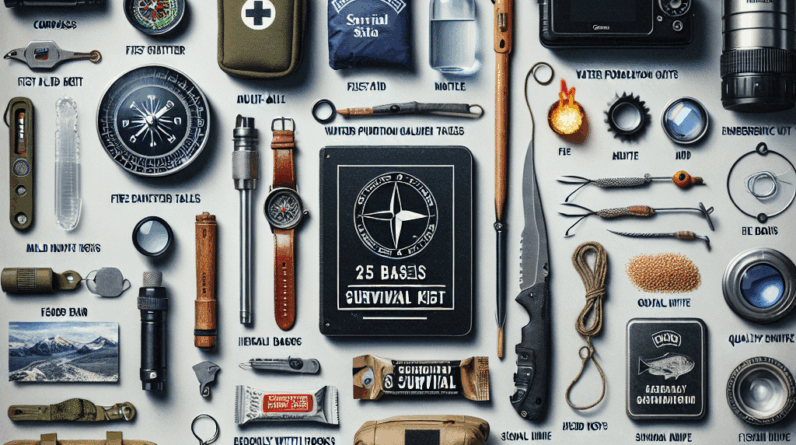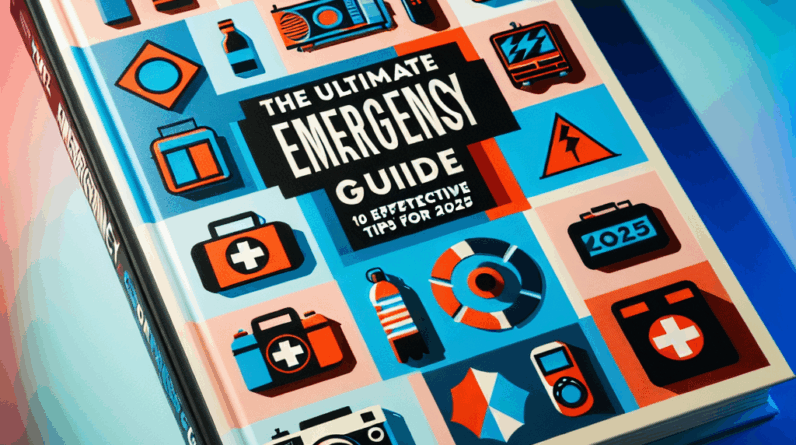Preparing for natural disasters requires careful planning and the right supplies. In this guide, we’ll walk you through the essential items you need in your emergency kit to ensure you and your family are prepared for any unforeseen events.
Water and Food Supplies
# Choosing the Right Water Source
Water is a critical element in any emergency situation. It’s advisable to store at least one gallon of water per person per day, aiming for a three-day supply. While bottled water is a convenient option, consider enhancing your preparedness with water purification tablets and a personal filtration system. This is especially crucial in areas prone to flooding where water quality can be compromised.
Transporting large quantities of water can be cumbersome. Opt for lightweight solutions like collapsible water containers or hydration packs, which are easier to carry during an evacuation.
# The Essentials of Non-Perishable Food
Stock your emergency kit with high-energy, non-perishable food items such as energy bars, canned goods, and freeze-dried meals. Regularly check and rotate these items to manage their expiration dates effectively. Cater to any special dietary needs within your family to avoid discomfort during stressful times.
# Crowd-Pleasers for the Family
Consider the preferences of your family members, especially children, when packing food supplies. Include familiar and comforting food choices to help maintain high spirits under stress. Focus on ready-to-eat meals and snacks that don’t require cooking, simplifying food preparation during emergencies.
First Aid Kit Essentials
# Building Your Basic First Aid Kit
A comprehensive first aid kit is vital for addressing minor injuries or medical issues during disasters. Stock it with essentials like band-aids, antiseptic wipes, gauze pads, and necessary medications. Include tools like scissors and tweezers and ensure you know how to use all the items in your kit.
# Special Considerations for Children and Pets
Don’t overlook the specific needs of children and pets. Include comfort items like toys and special foods. Familiar items can help reduce stress for everyone, including pets. Educate your family about the contents and purpose of the emergency kit to foster a sense of preparedness and security.
# Assessing Your First Aid Knowledge
It’s crucial to be familiar with the basic use of your first aid kit. Consider enrolling in first aid and CPR courses available online or at community centers. Practice these skills regularly and keep your knowledge up to date to ensure you can act confidently in an emergency.
Emergency Tools and Supplies
# Essential Tools to Include
A well-equipped toolkit can be indispensable in an emergency. Include versatile tools like a multitool, flashlight, duct tape, and zip ties. These items can assist in various situations from setting up shelter to performing minor repairs.
# Keeping Your Tools Organized
Maintain an organized and easily accessible toolkit. Use a sturdy, waterproof container to store your tools and label them clearly. Regularly review and reorganize your toolkit to ensure everything is in place when needed.
# Preparation for All Situations
When assembling your emergency kit, consider all possible scenarios. Include items like portable phone chargers which are vital for maintaining communication during power outages. Stay informed about recommended tools by consulting with local emergency services or experienced acquaintances.
Storing Your Emergency Kit
# Choosing the Right Location
Store your emergency kit in a cool, dry place. If you live in a multi-level home, consider keeping a kit on each level to avoid unnecessary movement during an emergency. Regular inspection of your kit is essential to ensure all items remain in good condition and ready for use.
# Waterproofing Your Supplies
Protect your emergency supplies from water damage by using waterproof containers. This is particularly important for critical items like medication and important documents. Keeping digital backups of important documents can also provide an additional layer of security.
# Regular Updates to Your Kit
Life changes and so should your emergency kit. Set reminders to review and update your kit periodically. This includes checking for expired items, reassessing your family’s needs, and experimenting with new products that might enhance your preparedness.
Conclusion
Building an emergency kit might seem daunting, but taking it step by step can make the process manageable and effective. An adequately prepared kit can provide peace of mind and significantly improve your family’s safety in emergencies.
FAQ
# 1. How much water should I pack per person?
It is recommended to pack at least one gallon of water per person per day for a minimum of three days.
# 2. What are some essential food items to include in my kit?
Include high-energy, non-perishable items like energy bars, canned goods, and freeze-dried meals. Comfort foods are also important.
# 3. How often should I check my emergency kit?
You should check your emergency kit every six months to rotate supplies and adjust contents as needed.
# 4. Should I include items for my pets in my emergency kit?
Absolutely. Ensure you have food, water, and other necessary supplies for your pets.
# 5. What tools should I have in my emergency kit?
Key tools to include are a multitool, flashlight, duct tape, and other basic survival tools to handle various situations.




